To briefly tell you first, there are 16 main natural nutrients essential for a succulent to grow well. You would come across nutrient deficiency in succulents when they are running short of their adequate amount of required nutrients. When they grow short of those nutrients, they would not grow well.
So, here you are at the correct article if you are into growing succulents and would love to enhance your knowledge on this subject. So let’s dive into it.
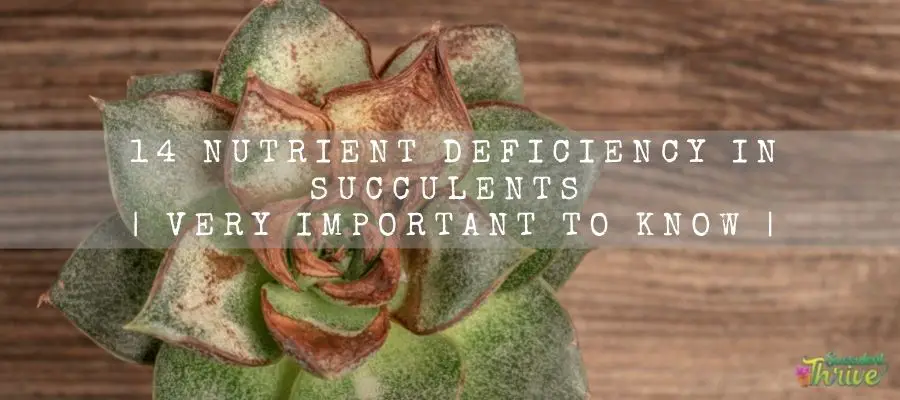
Macro nutrient deficiency in succulents
Macronutrients are such as nitrogen, phosphorus, Sulphur calcium and magnesium. You generally need to supply those nutrients to a succulent for better growth.
Examples for Micronutrients are such as copper, manganese zinc, iron boron and molybdenum. They want these nutrients only in small amounts. You could call them as trace elements or as minor elements.
Nitrogen deficiencies
Signs of the deficiency
- Entire plants would take a general chlorosis to a light green and after those older leaves would start yellowing and would approach towards the younger leaves as well.
- Plant would stunt in growth.
- Not only that but also their secondary shoots would tend to take a poor development unless you do not attend to them to rectify them in advance.
Uses to the plant
This is a quite common nutrient which is included in fertilizers. Succulents would absorb the nitrogen nutrient as ammonium or as nitrate. It would help the plants to have rapid growth.
Further it would be even more beneficial for fruit and seed development. Moreover, nitrogen could increase the leaf size as well as its quality. Moreover, it could hasten the plant’s maturity too.
If used excessively
You may literally spot an explosion of foliage growth and it could attribute the succulents to deteriorate. As such it would affect activities such as in their flowering and seed production.
Moreover, it would give a jungle vibe to the entire garden. It could cause the plant to fasten the chlorophyll production as well.
Treatments
You could simply use a fertilizer which consists of a proper dilution rate. Moreover, it is essential for the nitrogen solution to have a ph. below 5 or above 7.5.
Ideally you should use organic fertilizers which have a low level of salt.
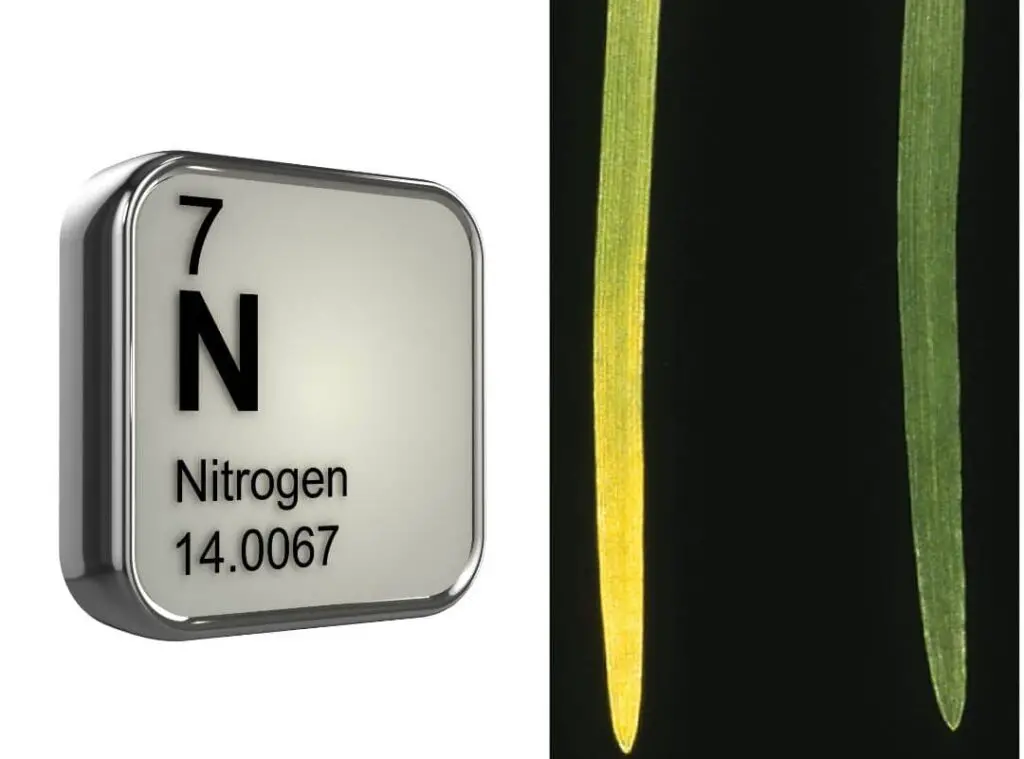
Phosphorous deficiency
Signs of the deficiency
- Mainly you could spot your succulents tend to take a purple or bronze coloration underneath the older leaves. when they lack phosphorus.
- Further, they would slow their growth and it would be stunted when you compare them with the rest of healthy succulents.
Importance to the plant
Succulents absorb phosphorus as phosphate, and it would be beneficial for the photosynthesis of the plants. In addition to that, it would be useful for protein formation and seed germination. Moreover, it would stimulate the flowering and the budding as well.
If used excessively
It could attribute the succulents to grow slowly. Chances are that it could be lethal on the plants too when you provide phosphorus in abundance especially when you have grown them in lawns, gardens etc. Apart from that, it would cause reduction of micronutrients intake. For example, nutrients like iron, zinc.
Treatments
Provide them a fertilizer which is well accomplished with phosphorus.
Further you may adjust the temperature level of your indoor garden or even on the nutrient solution as if the temperature level drops to 55 degrees Fahrenheit, they would reduce absorption of the adequate amount of phosphorus.
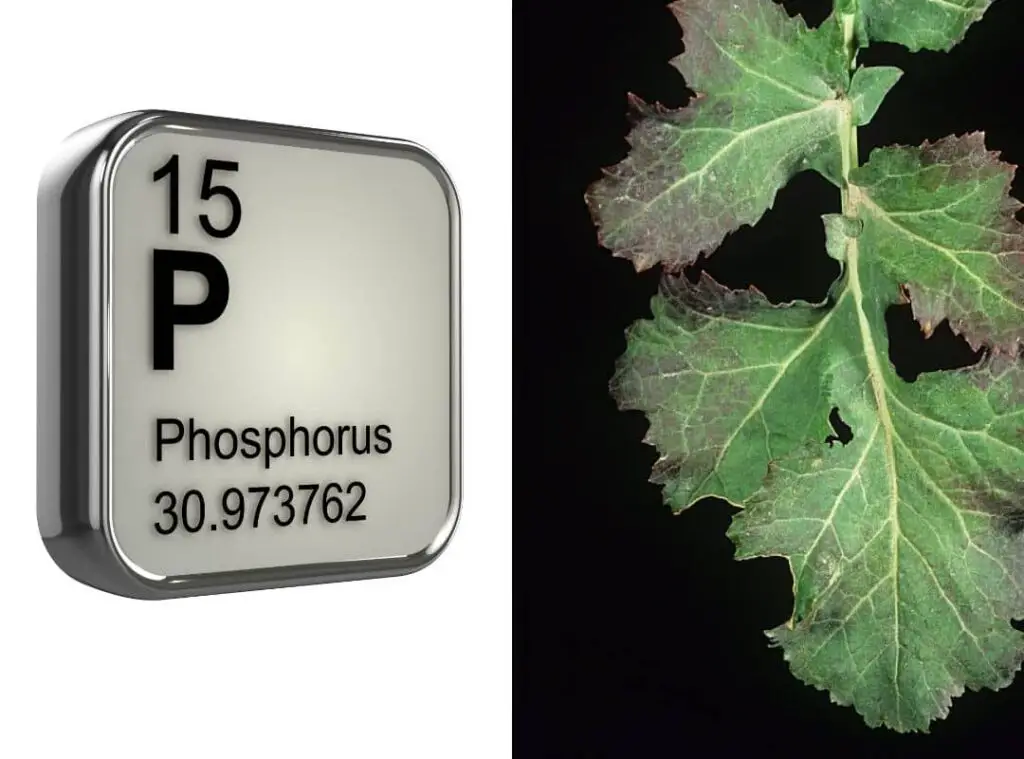
Potassium deficiency
Signs of the deficiency
- You may spot leaf edge chlorosis on new leaves.
- In addition to that there would be interveinal scorching and necrosis from leaf edges to the midrib when the deficiency gets intense.
- Unfortunately, you cannot treat the potassium deficiency even though you provide potassium to the plants.
Uses to the plant
You may find potassium included in the fertilizers mainly. Further succulents absorb potassium in iron form which could leach and run off through the soil. It would be essential for the plants to have potassium since they stimulate the sugar formation which would help for the protein synthesis. Not only that it would also help for cell division in succulents and for root development as well. More importantly it boosts the succulent’s ability to resist in diseases as well.
If used excessively
If there is excess potassium levels, it would be quite unhealthy for the plants as it would directly have an impact in soil absorption of critical nutrients. Moreover, if the additional phosphorus reaches the waterways, it will create more algae which would be quite harmful for aquatic ecosystem.
Treatments
Try using water softeners and synthetic fertilizers. If you use water which has high levels of minerals, it will create excess calcium, sodium etc.
And those would avoid the succulents in obtaining the adequate potassium levels. Hence why you need to add water softeners.
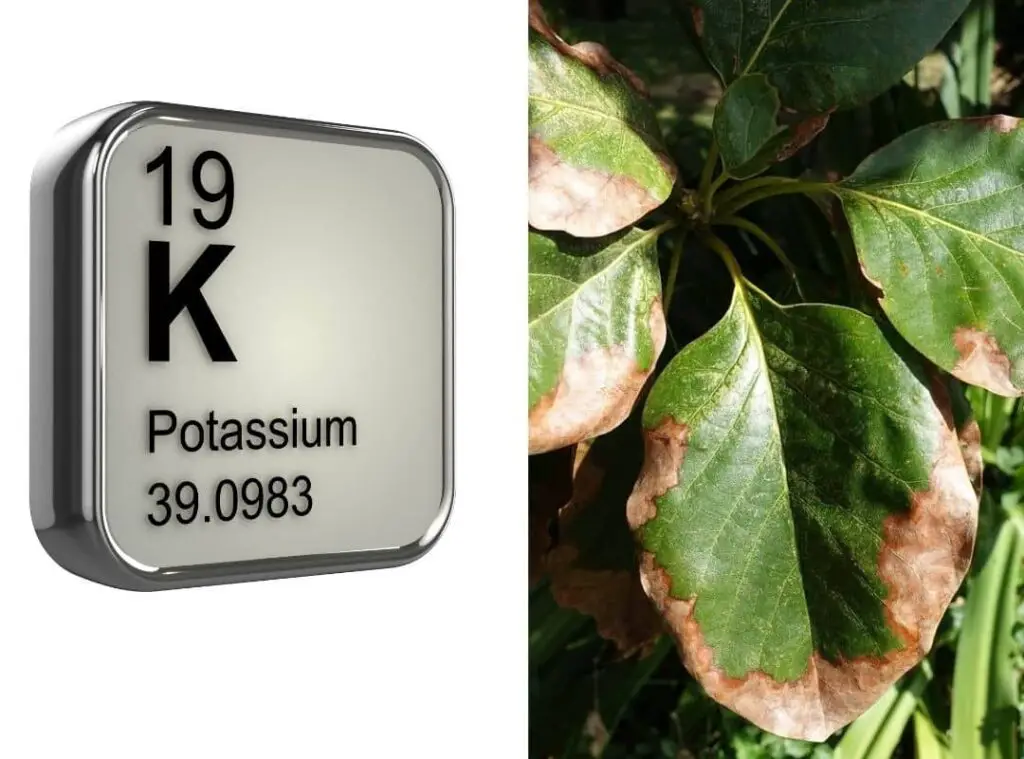
Calcium deficiency
Signs of the deficiency
- Stunt growth in new foliage, buds, and in roots are deficiency signs.
- Further younger leaves would tend to curl downwards, and they would have brown leaf tips as well. you could call them tip burns.
- Moreover, there could be some succulents where they would have abnormally green foliage as well. Roots would become short and stubby too.
Uses to the plant
It is important in providing structural support for the cell walls.
If used excessively
It would cause pH imbalance in the soil. it would impact the flower blossoming of the plant.
Treatments
Once the pH of your soil drops to 6.0, it would affect the plants to not absorb the calcium properly.
As such you need to adjust the pH of the soil making sure that it is not too acidic.
If the succulent has a proper pH, you should use a bone meal supplement and that would help to treat the calcium deficiency.
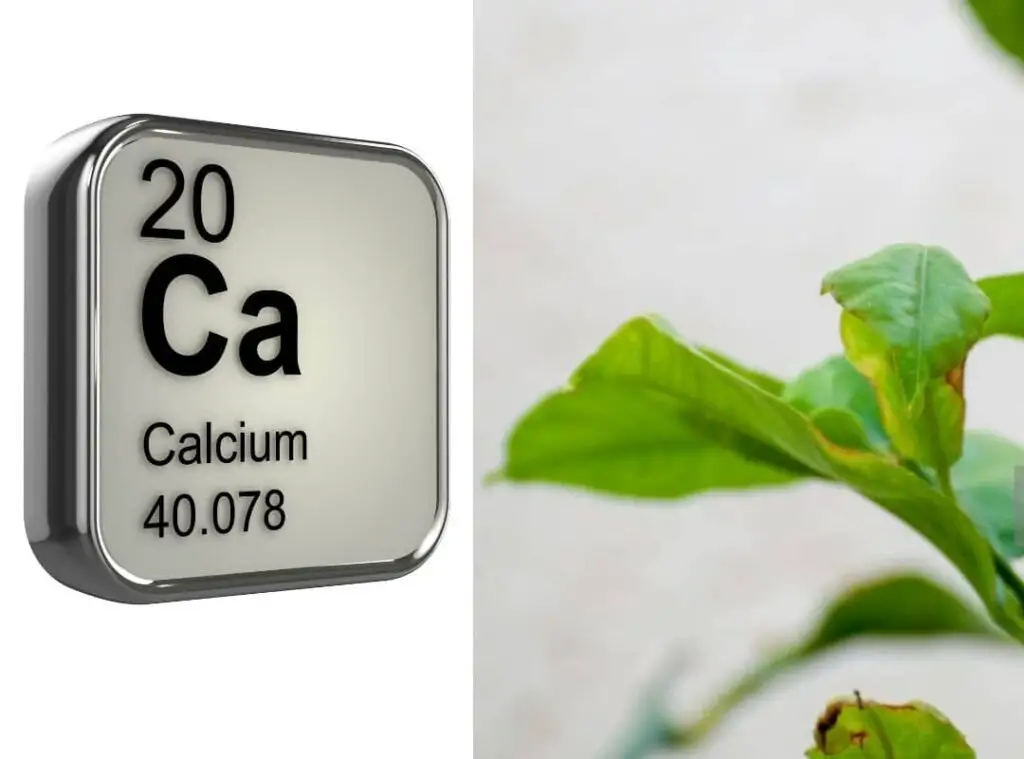
Carbon deficiency
Signs of the deficiency
- Stunted growth in the succulents and slow rate of absorption of the water are a couple of signs of carbon deficiency.
Uses to the plant
It is necessary to have carbon to build plant tissues of the succulent and it acts as the main energy source of the succulent. It could transform carbon into simple sugars through the photosynthesis process. it would further help to build starches carbohydrates, cellulose, lignin, and protein in the succulents.
If used excessively
It could affect the plant in absorbing the other essential nutrients such as iron, zinc, and vitamin c.
Treatments
When the succulents run short of carbon, they could not perform photosynthesis well and consequently they would tend to have a slow growth.
You could provide a fan which is blowing gently, and it would provide new carbon dioxide. Best is to arrange a fan with outside ventilation. Moreover, you consider providing a carbon dioxide generator as well.
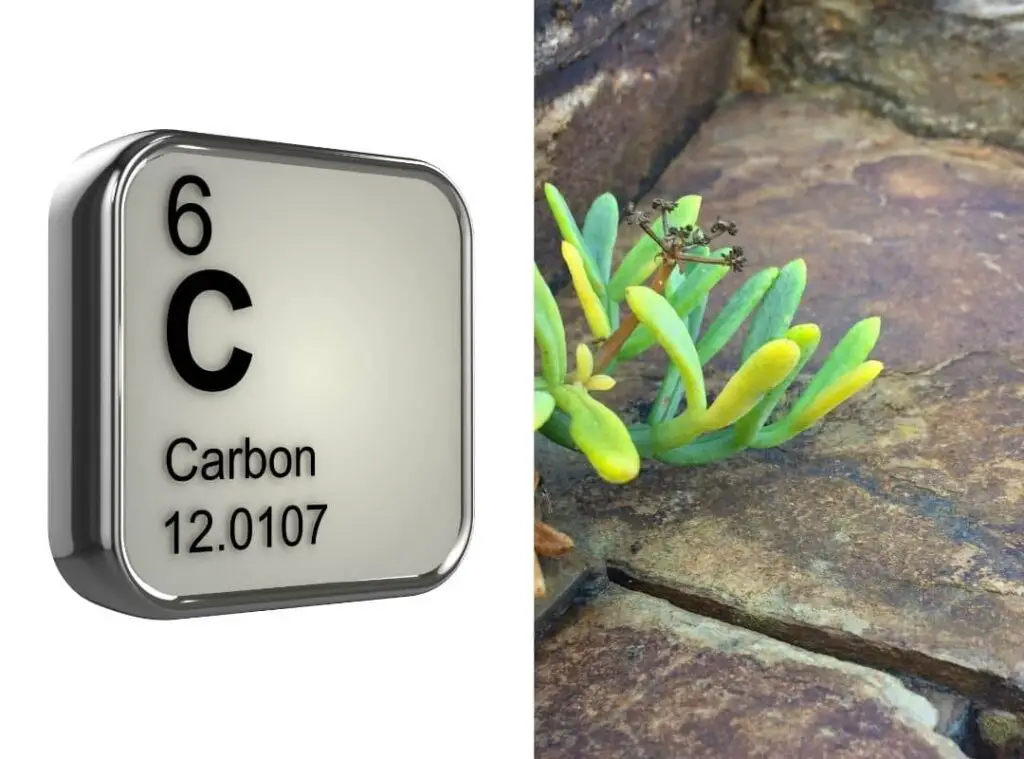
Magnesium deficiency
Signs of the deficiency
- You could spot the older leaves turning yellow or even bright green when they have a magnesium deficiency.
- They would first start to turn their leaves at their edges and chances are that they could even become white while veins would tend to stay in dark green.
- Moreover, the leaves would curl in an upward manner and would end up falling off on the ground.
Uses to the plant
It would be effective in obtaining the energy from the sun which would help for their better growth. It would further help in activating enzymes related to respiration of the plant, photosynthesis, and nucleic acid synthesis.
If used excessively
It would avoid the plant in absorbing calcium or potassium which could create deficiencies in those nutrients.
Treatments
You need to amend the pH level of the nutrient solution to 6.0-6.4 so that they could absorb magnesium. Further they need to have proper calcium levels also to absorb magnesium. You could use Epsom salts when you consider supplementing magnesium.
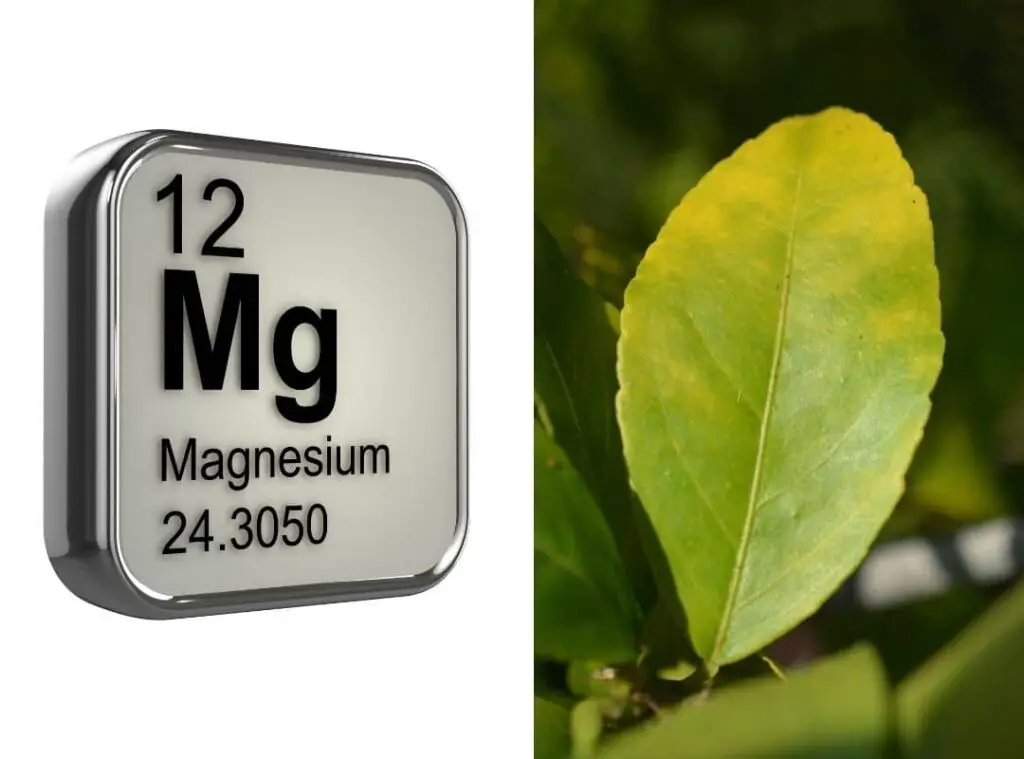
Sulfur deficiency
Signs of the deficiency
- They would tend to start yellowing the leaves of the succulents when they run short of sulfur.
- This is like the signs they show off when they have a nitrogen deficiency.
- These problems would start from the younger leaves at first and then later it would spread to the older leaves.
Uses to the plant
They act as the main amino acid methionine supplier and if your succulent lacks sulfur, it would badly impact on the succulent growth, development as well. Moreover, it would make the succulents resistant to diseases too.
If used excessively
It could cause the succulents to deteriorate.
Treatments
You could keep adding manure as it is one of the prominent sulfur sources. Moreover, you could consider using fertilizers and pesticides as well. You could further burn the fuels and they would release sulfur dioxide and succulents could obtain that when they respirate.
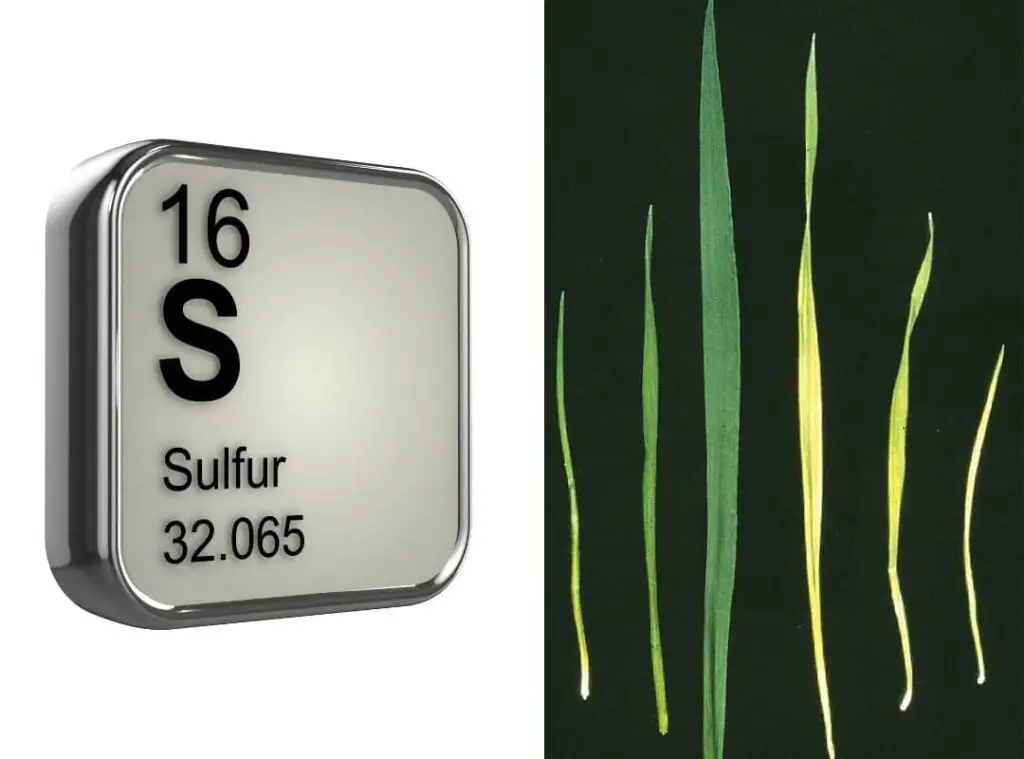
Micro nutrient deficiency in succulents
Boron deficiencies
Signs of the deficiency
- You may mainly spot a stunted growth in the plants when they have a boron deficiency. Further they could get deformed as well.
- In addition to that you could spot witches brooms which are the proliferations of side shoots.
- Not only that but also, you could see how the new growth turned into dark green along with puckered small brittle leaves.
- Those leaves would contain internodes as well.
Uses to the plant
Boron is also an essential nutrient for the growth of the plants. They would tend to look healthy, but they may not bloom or produce fruits when they have a shortage of boron. Boron would be beneficial in controlling the transport of sugars in plants. Moreover, it would be helpful for cell division as well. This is a common deficiency you could find among plants as well as in succulents.
If used excessively
It could be toxic for the succulents.
Treatments
You need to water the succulents lightly to treat this.
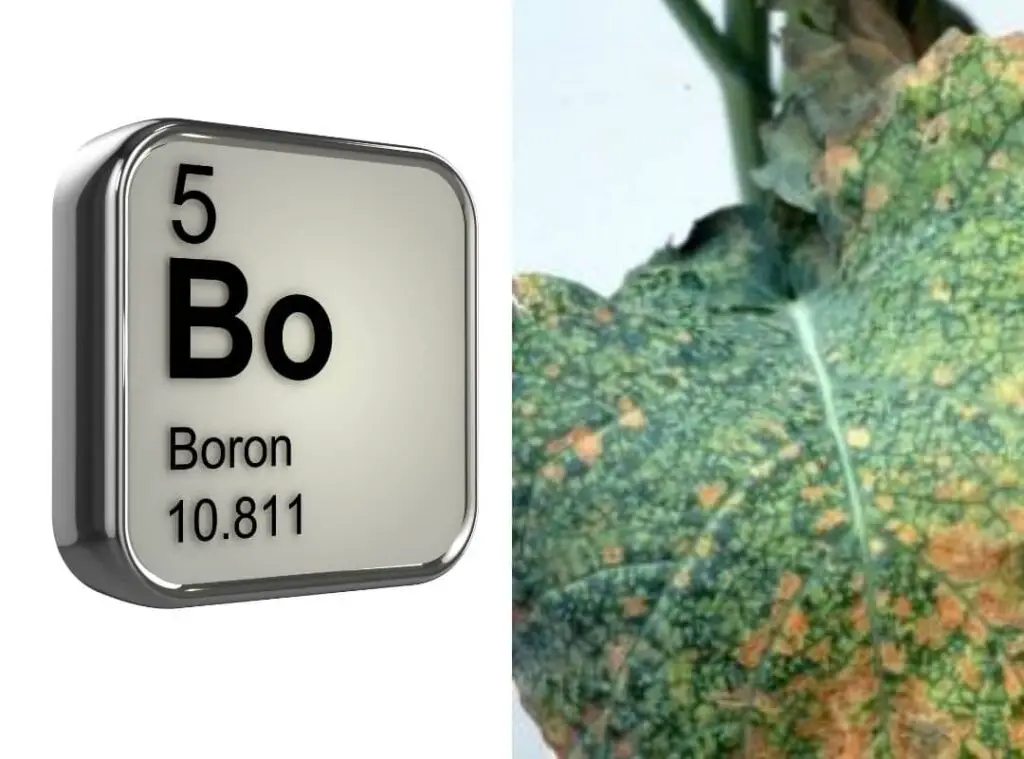
Chlorine deficiency
Signs of the deficiency
- You could hardly spot any symptoms when your succulents have a chlorine deficiency purely because it is not an essential nutrient.
- However, you could spot chlorotic blotches with necrotic spots on younger leaves when the deficiency is on a severe level.
- Further it could make the plants wilt.
Uses to the plant
It would help to better the metabolism of the plant. Further it would be useful for the photosynthesis, osmosis process as well. Moreover, it would help to have a proper ionic balance within the cells of the succulents too.
If used excessively
It could affect the succulent leaves as well as its other fragile tissues. Chances are that it could be lethal on the succulents too.
Treatments
Feed the succulents with fertilizer which contain chlorine.
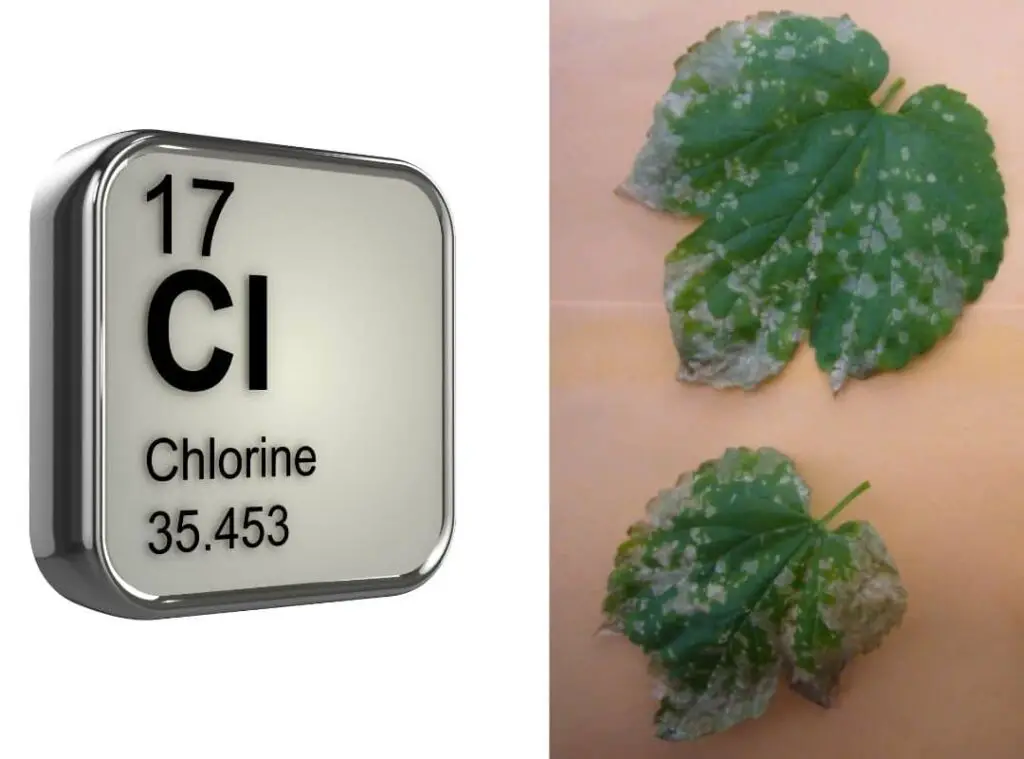
Copper deficiency
Signs of the deficiency
- You could mainly spot the signs of copper deficiency in the succulents’ new leaves.
- Chlorosis in the whole leaf or between the veins are one more sign of copper deficiency.
- There could be necrotic spots on the leaf tips too.
- They could grow misshapen.
- They would further start wilting too.
- Flower colors would also be different to the regular flower colors.
Uses to the plant
It would be helpful to activate some enzymes which are related to the lignin synthesis process. Further, it would be useful for photosynthesis, respiration in plants too. Moreover, it would help to better the metabolism of carbohydrates and proteins.
If used excessively
It would affect the plant in absorbing the iron, molybdenum, and zinc too.
Treatments
You could lower the soil pH whilst applying an acidifier. To do that you could use sulfur or ammonium sulfate too.
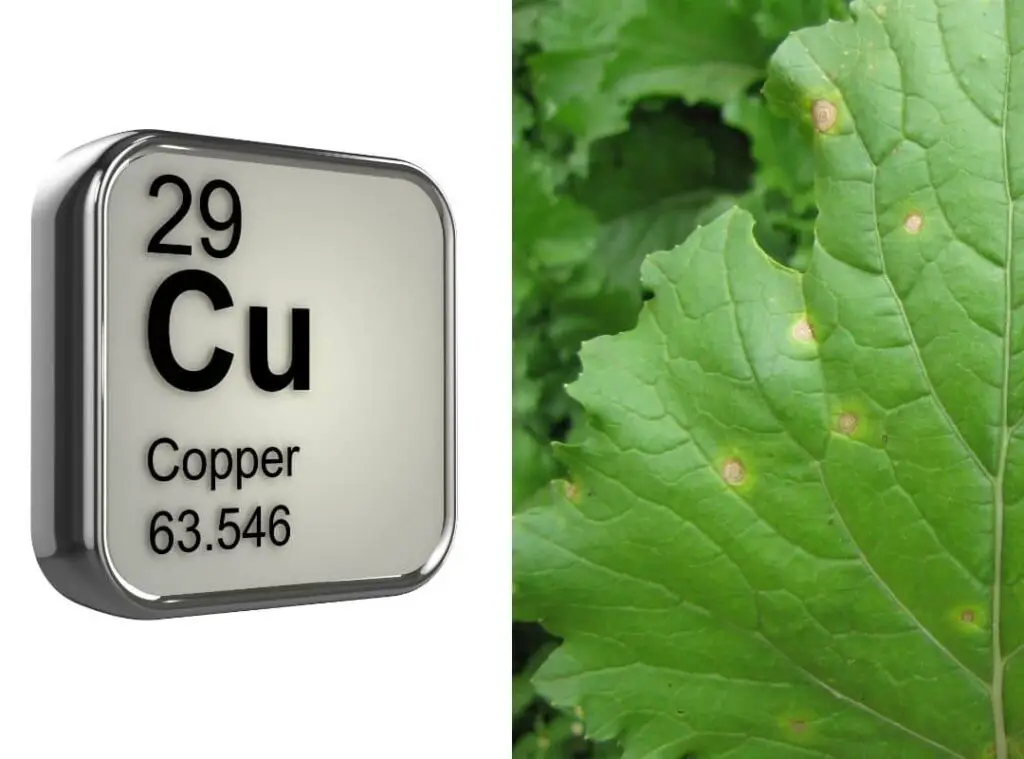
Iron deficiency
Signs of the deficiency
- There could be light green to yellow interveinal chlorosis particularly on new leaves as well as on the young shoots.
- Further those shoots would start to die.
- When the deficiency gets severe, new leaves would get misshapen and could turn white in color.
- They would further consist of necrotic spots.
Uses to the plant
It would be helpful for the synthesis process of the succulents.
If used excessively
There would be repercussions such as stunted growth and discolored foliage. Further there could be seed and zonal geraniums too.
Treatments
You could Feed the succulents with iron fertilizers, acidify the soil and apply iron right into the soil to treat the iron deficiency.
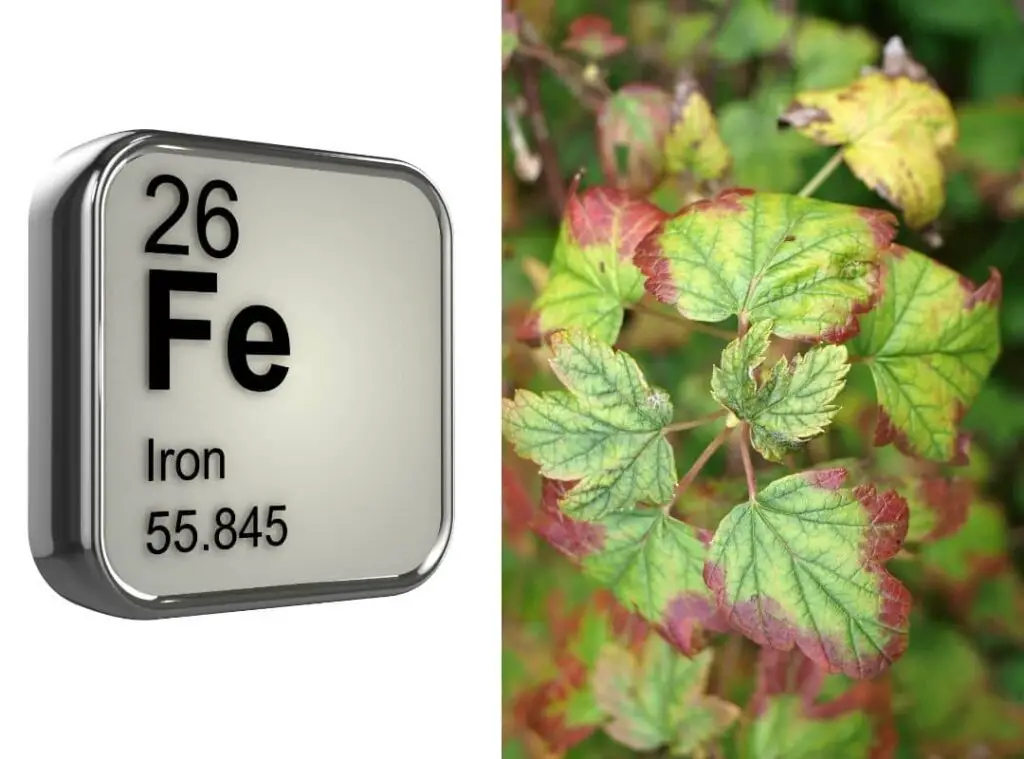
Manganese deficiency
Signs of the deficiency
- You may see a diffused interveinal chlorosis of the newly grown leaves.
- Further there could be discolored green areas around the veins .
- when the deficiency is on a greater level, it could make the new leaves smaller.
- Moreover, chances are that there could be tip diebacks .
Uses to the plant
They would activate enzymes for nitrogen assimilation. Apart from that it would be useful for photosynthesis, respiration and for enzyme reactions too.
If used excessively
It could be lethal on the succulents, and they could die at the end. They would further contribute to the yellowing of the leaves too.
Treatments
You could apply a manganese sulphate or even a foliar spray. Using a foliar spray would be costly though.
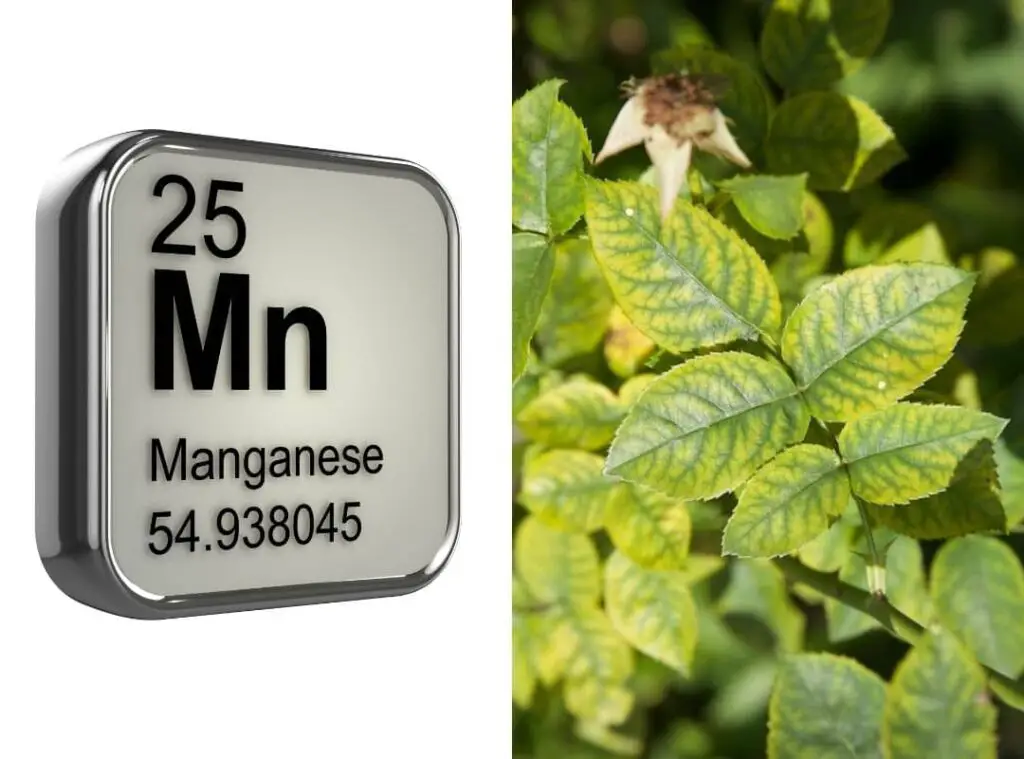
Molybdenum deficiency
Signs of the deficiency
- They would show the same symptoms as the symptoms of nitrogen deficiency.
- You could spot the symptoms of their older leaves and on the leaves at the Centre of the plant.
- Further they could spread to the stem and affect the new leaves as well.
- The margins of the leaves would be necrotic also.
- Leaves could get deformed and would further have an impact on the flowering too.
Uses to the plant
They could be useful when converting nitrate into nitrite and then turning into ammonia before they synthesize amino acid within the plant. In addition to that, this is useful to convert inorganic phosphorus into organic forms in the plant too.
If used excessively
It would badly affect the plant.
Treatments
You could consider limiting it to bring pH above 5.5 and that will fix the molybdenum deficiency for a prolonged period. If you wish to fix this fast, you could apply a molybdenum fertilizer.
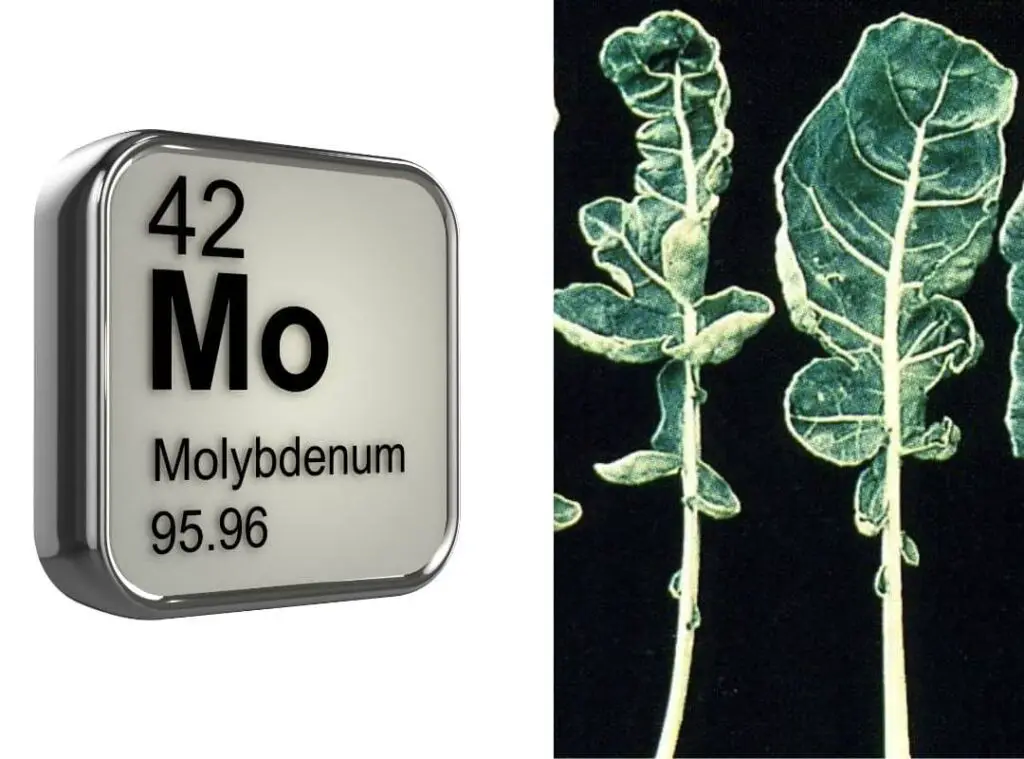
Zinc deficiency
Signs of the deficiency
- Chlorosis, leaves turning bronze or mottling of younger leaves are signs of zinc deficiency.
- Further you could spot yellowing of leaf veins as well.
- Apart from that, there would be a decrease in the shoot growth with short internode
Uses to the plant
Succulents would require zinc nutrients to boost growth.
If used excessively
It could be toxic for the succulents when the zinc level exceeds 200 ppm in the plant tissues.
Treatments
You could apply zinc sulphate or zinc oxide to treat the zinc deficiency.
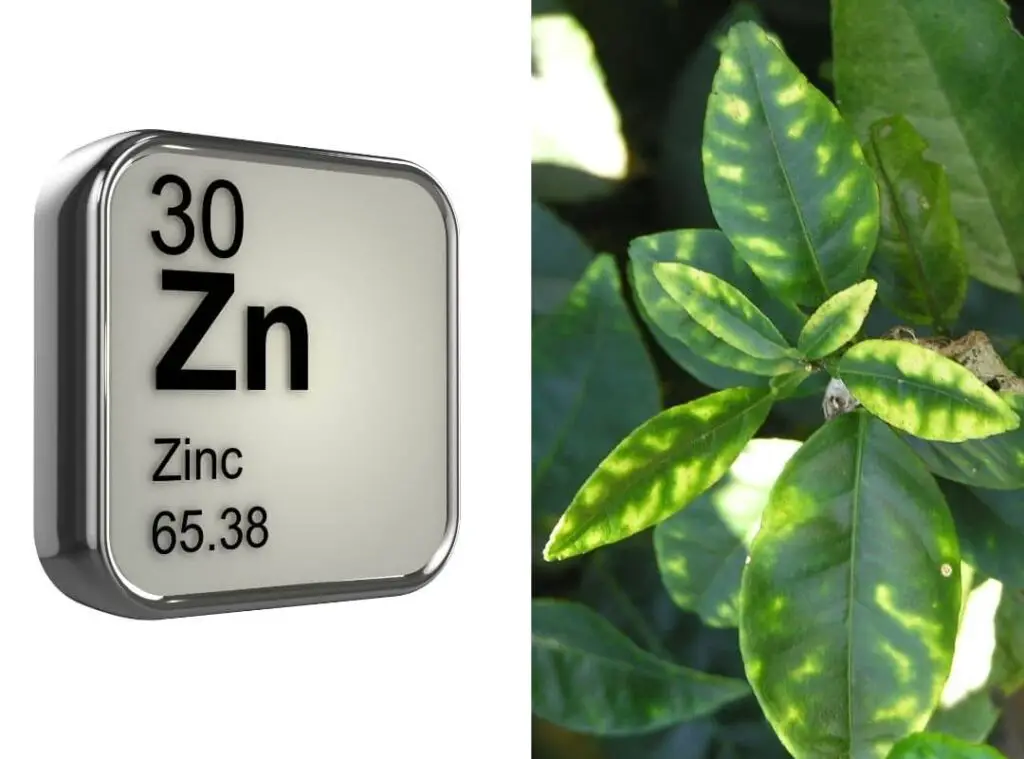
How to treat nutrient deficiency in general?
You could adjust the Ph. of the soil and add fertilizers. Those are the two main things which you could do.
Related questions
What are the five types of nutrient deficiency symptoms in plants?
- Stunted growth.
- Chlorosis
- Interveinal chlorosis
- Purplish-red coloring
- Necrosis.
Can you identify nutrient deficiency symptoms?
You could identify the nutrient deficiency through symptoms such as chlorosis, foliage color change, stunt growth and with necrosis, curling down off leaf edges, tip burns, abnormal green foliage, short roots etc.
What is the most common symptom of plant nutrient deficiency in plants?
Chlorosis, foliage color change, stunt growth
What nutrient deficiency causes purple leaves?
Phosphorus deficiency is the cause for purple leaves.
Conclusion
Nutrient deficiency in succulents is a common problem . There are two major nutrient types called macro and micro nutrients. These two types of nutrient are important for the growth of your succulent plant.
So it is important to provide the correct nutrients in right amount.
Read Next: 24 Amazing Hanging Succulents To Choose By Color
